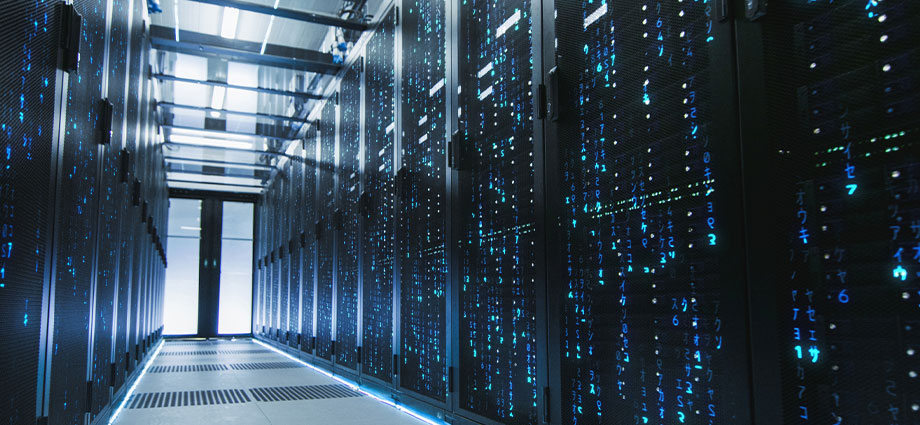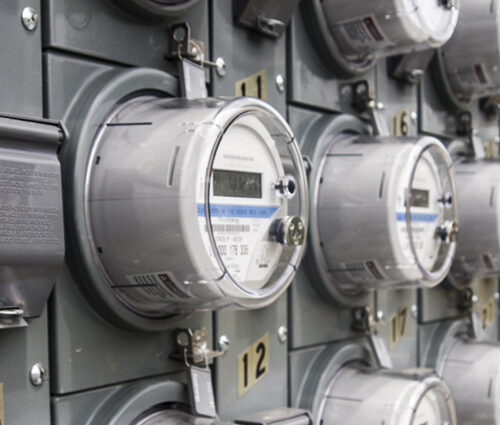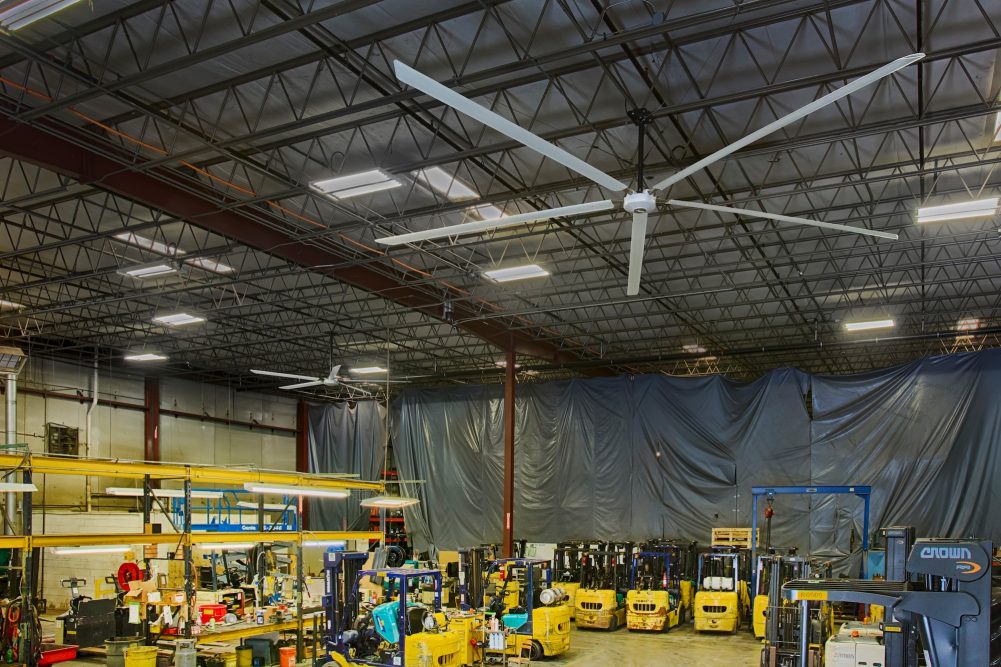
In this high-tech world, data centers are essential. Which may explain why researchers are predicting that the U.S. data center industry will grow to nearly $289 billion by 2027.1
Because data centers rely on sophisticated cooling systems that require a lot of power, this expected growth also means even more energy consumption—and that could have a profound impact on the environment.
From Energy Hogs to Environmental Champions
Like it or not, data centers are among the biggest of the so-called “energy hogs.” That’s because they consume 3% of the world’s electric supply and are responsible for nearly 2% of total greenhouse gas (GHG) emissions—a number that’s expected to increase to as much as 7%.2
Moreover, data centers consume 10 to 50 times more energy per floor space than a standard commercial office building.3
So, the onus is on data center owners and managers to do all they can to maintain efficient and effective operations while also reducing their carbon footprint.
It can be overwhelming to put a strategy in place to reduce such a large carbon footprint. So, if you’re a data center owner or manager looking to reduce the overwhelm—and your carbon footprint—here are two practical steps you can take to maximize energy savings and lessen your data center’s environmental impact.
1. Measure All Energy Consumption
In the retail industry, there’s an adage that says you can’t fix a problem if you don’t know about it. The same or similar can be said of data centers: You can’t improve what you don’t measure.
Or as renowned management consultant and author Peter Drucker put it: What gets measured gets managed.
That’s why measuring all your energy consumption is the first step toward managing it.
As a data center owner or manager, you’re under a tremendous amount of pressure to become carbon neutral and achieve a desired target of net-zero emissions.4 As such, insight into energy consumption is your secret weapon for developing sustainability strategies that will actually reduce your carbon footprint.
Fortunately, the IIoT (Industrial Internet of Things) is one of the most powerful resources you have in benchmarking data center performance and tracking energy usage over time.
In fact, smart energy metering devices that are connected to a secure Building Management System (BMS) enable data center managers like you to extract, collect, and synthesize critical device data from the energy metering system.
But IIoT devices alone aren’t enough. Something else is needed: an IIoT gateway like MSA FieldServer™ to facilitate device-to-device communication within a closed network.
As one of the most advanced gateways available, FieldServer enables data centers to securely and seamlessly:
- Track and monitor consumption and overall efficiency
- Capture key data points, such as temperature, humidity, and air flow
- Identify usage trends, including inconsistencies and surges
- Detect, prevent, and troubleshoot issues like overheating to ensure uninterrupted power supply (UPS)
Did You Know?: IIoT technologies can help data centers monitor usage, prevent downtime, and support environmentally friendly operations.
2. Evaluate, Refine, and Measure Again
Monitoring the power usage, energy spikes, and cooling costs of multiple servers is no small feat. Nor is knowing when to turn a motor off or on, or change a setting to 10%, 20%, or even 100% power.
That’s why Step 2 in reducing a data center’s carbon footprint is to assess, make changes, and re-measure.
This “wash, rinse, repeat” cycle of continuous improvement not only gives you better insight into your daily and hourly (and even minute-by-minute) energy consumption, it also can help you assess your GHG-reduction efforts, so you know exactly what’s working and what’s not.
For example, one of our clients used our FieldServer gateway to facilitate communication between their BMS and cooling control devices. By retrieving server inlet temperatures from the server network and linking that information locally to the BMS, this data center was able to precisely control their cooling systems and dramatically reduce energy consumption.
See for Yourself
If measuring and tracking the energy consumption of your data center is important to you, contact us for a free FieldServer demo and see for yourself how connecting energy metering equipment to your closed network can make all the difference in helping reduce your data center’s carbon footprint.
References:
Globe Newswire. The Global Data Center Market Size to Reach $288.30 Billion by 2027 – Arizton, 23 February 2022, https://www.globenewswire.com/news-release/2022/02/23/2390642/0/en/The-Global-Data-Center-Market-Size-to-Reach-288-30-Billion-by-2027-Arizton.html.
Climate Neutral Group®. Carbon emissions of data usage increase, but what is yours? Accessed 10 June 2022, https://www.climateneutralgroup.com/en/news/carbon-emissions-of-data-centers/.
Office of Energy Efficiency & Renewable Energy. Data Centers and Servers, Energy.gov. Accessed 16 June 2022, https://www.energy.gov/eere/buildings/data-centers-and-servers.
S&P Global Market Intelligence. Sustainability is no longer a ‘nice to have’ goal for the data center industry, 8 June 2022, https://www.spglobal.com/marketintelligence/en/news-insights/research/sustainability-is-no-longer-a-nice-to-have-goal-for-the-data-center-industry.





